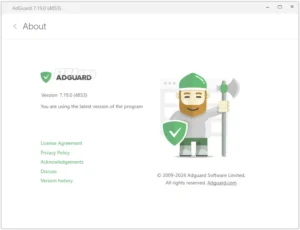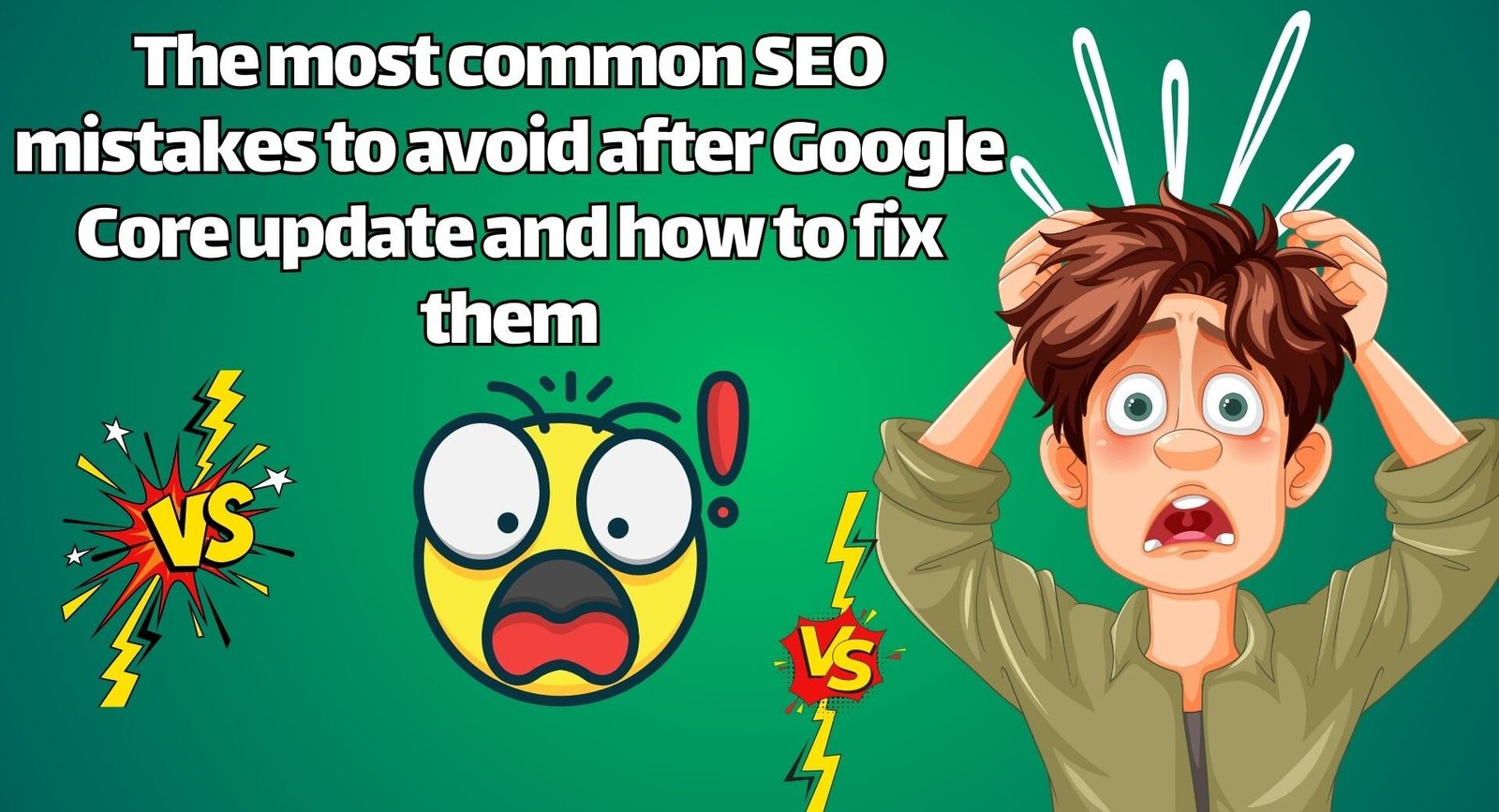Interview with a Python Automation Expert Tips and Tricks for Success For enthusiasts and professionals looking to venture into Python web extraction, tools such as Beautiful Soup 4 (BS4) and Selenium are invaluable. This introductory guide serves as a springboard into mastering these robust Python scraping libraries, fundamentally changing the way you interact with the web. Whether your goal is to automate web tasks with Python or extract intricate datasets, our comprehensive Beautiful Soup 4 tutorial and Selenium automation guide will equip you with the knowledge to navigate through the intricacies of web data harvesting.

Key Takeaways
- Understand the capabilities and applications of Python for web extraction and task automation.
- Learn essential techniques through a step-by-step Beautiful Soup 4 tutorial.
- Explore how the Selenium automation guide facilitates complex data interactions.
- Gain insights into leveraging a combination of BS4 and Selenium to power your data extraction efforts.
- Discover the path to mastering web scraping and automation with Python’s impressive libraries.
Introduction to Python Data Harvesting
The digital landscape offers ample opportunities for data-driven strategies, and Python stands at the forefront of this revolution. Python data extraction techniques empower businesses and analysts to harness the full potential of the web. In this section, we delve into the practical realm of web scraping, understand the legal boundaries that govern it, and discover the comparative edge Python provides over other programming languages for scraping tasks.
Understanding Web Scraping and Its Applications
Web scraping sits at the core of modern data analysis, providing a pathway to transform unstructured data from websites into valuable, actionable insights. This process of data mining with Python can be leveraged for a variety of web scraping use cases like real-time analytics, market research, and sentiment analysis. Through meticulously crafted Python scripts, companies are able to track market trends, monitor competitor activity, and gauge customer sentiment with precision.
Choosing Your Tools: Why Python?
When it comes to web harvesting, the Python advantages for scraping are numerous. Its simplicity and readability coupled with a rich library ecosystem make it an ideal candidate for both novices and seasoned developers. In the debate of Python vs other programming languages for scraping, Python’s powerful frameworks such as Beautiful Soup and Selenium readily tip the scales in its favor, offering robustness and flexibility in automating complex web interactions.
| Python Libraries | Use Case | Features |
|---|---|---|
| Beautiful Soup | HTML and XML parsing | Easy parsing, navigating and searching document tree |
| Selenium | Automating web browser | Interacting with page elements, handling dynamic content |
| Scrapy | Large scale web scraping | Asynchronous data processing, reusable spiders |
Legal Considerations in Web Scraping
Navigating the intricacies of web scraping ethics is a non-negotiable aspect of data harvesting. It’s critical for individuals and businesses to be aware of data scraping legal issues and operate within the boundaries of legality. Ethical scraping mandates respecting robots.txt, a file that specifies the web scraping permissions set by website owners. Acknowledging these permissions and adhering to the terms of service helps maintain the integrity of the scraping process and mitigates legal risks.
Understanding the nuances of scraping legality is essential in today’s data-driven world, as it fosters trust and accountability in the dynamic realm of web harvesting.
Setting Up Your Environment for Web Scraping
Embarking on a journey into web scraping begins with a solid foundation, which entails setting up the right environment on your computer. Whether you are planning to harness the power of Beautiful Soup 4 for data parsing or automate your tasks with Selenium scripts, a proper setup is crucial. Let’s walk through the initial steps of configuring your system to handle these tasks.
Installing Python and Pip
First things first, a Python installation guide is key to setting up Python for scraping. Python’s simplicity and rich ecosystem make it the choice par excellence for developing scraping scripts. Begin by downloading the latest version of Python from the official website, ensuring its compatibility with your operating system.
Accompanying Python, the Pip package manager is an indispensable tool that facilitates the installation and management of Python libraries. After installing Python, Pip typically comes installed by default, so you’ll be ready to install other necessary scraping libraries with ease.
Getting Started with Beautiful Soup 4 (BS4)
Focusing on data parsing with BS4, you’ll find that a Beautiful Soup 4 tutorial is instrumental in mastering the intricacies of HTML and XML parsing. After using Pip to install Beautiful Soup 4, you’re set to explore its functionalities. From navigating to complex search operations, BS4 transforms intricate markup into a navigable tree, allowing for effortless data extraction.
Learning the Basics of Selenium Webdriver
Next, the Selenium automation tutorial ushers you into the world of web browser automation with Python. Selenium WebDriver is a Python scraping library designed for browser automation. It allows for writing Selenium scripts that can perform a myriad of automated tasks across different web browsers.
Getting started with Selenium requires setting up the WebDriver specific to the browser you intend to automate. This may also involve installing browser-specific drivers, enabling you to take control and simulate user actions as needed.
With your environment ready, you’re well-equipped to dive deeper into the dynamic realm of web scraping and automation. Whether you’re planning to scrape static websites or engage with interactive applications, your toolkit comprising Python, BS4, and Selenium is now primed for the challenge.
| Tool | Use Case | Installation Command |
|---|---|---|
| Python | General programming, scraping foundation | Refer to Python’s official website |
| Pip | Manage Python packages | Comes with Python installation |
| Beautiful Soup 4 | HTML/XML parsing tasks | pip install beautifulsoup4 |
| Selenium Webdriver | Browser automation | pip install selenium |
Remember, embarking on web scraping responsibly and ethically will not only make your data collection efforts successful but also maintain the integrity of the digital ecosystem.
Master Python Web Scraping & Automation using BS4 & Selenium
Embarking on an odyssey of advanced Python scraping techniques necessitates a fusion of robust libraries and automation frameworks. As one delves into the realms of Selenium complex automation and BS4, it becomes apparent that their synergy is pivotal when confronting the challenges posed by modern, dynamic websites. This necessitates a deep dive into BS4 and Selenium integration, a combination that empowers developers to efficiently tackle the intricacies of scraping dynamic content.
Dealing with JavaScript-heavy websites signifies a step-up from basic scraping tasks. This calls for a sophisticated approach such as leveraging Selenium’s ability to automate browsers, replicating human-like interaction, thus rendering complex web pages into scrapable HTML. This pivotal strategy allows Python developers to bypass the limitations of static content scraping and delve into automating dynamic data extraction.
- Automating login processes to access protected content
- Retrieving AJAX-loaded data through browser emulation
- Executing and managing Python scripts for asynchronous page elements
Integrating Beautiful Soup 4 with Selenium brings forth a powerful toolkit that synergistically handles both the parsing and dynamic interaction required for comprehensive web scraping projects. Here, Beautiful Soup efficiently dissects the DOM, made accessible by Selenium, to parse out the necessary data, regardless of how it was loaded on the page.
By mastering these advanced techniques, professionals upgrade their ability to gather data from a wide spectrum of web environments, greatly enhancing the depth and breadth of their analytical capabilities.
To truly capitalize on these techniques, it’s crucial to have a practical grasp on both tools. Here’s where in-depth tutorials come into play, guiding you through the nuances of each tool and how to leverage their combined strengths:
- Setting up Selenium WebDriver with Python bindings
- Understanding Selenium’s wait functions for dynamic content handling
- Strategies for efficiently combining BS4 with Selenium’s browser control
- Extracting and structuring data from complex web pages into usable formats
Implementing such advanced Python scraping techniques not only enhances data extraction efficiency but also opens doors for sophisticated data analysis, providing a competitive edge in areas from market research to social media monitoring.
Conclusion
Embarking on a Python scraping journey presents a frontier teeming with possibilities for data enthusiasts and professionals alike. Throughout this article, we unfolded the compelling narrative of mastering web scraping and the transformative potential it holds. Having traversed the essentials of setting up your environment, to understanding the intricacies of Beautiful Soup 4 and Selenium, you are now better equipped with the skills required to automate web tasks with confidence. These tools don’t just perform tasks; they open up a world where information becomes more accessible and manageable.
Mastery in web scraping is not an end but the ongoing process of learning, experimenting, and implementing, which evolves with the web’s ever-changing landscape. As you apply these newly acquired skills to your projects, you’ll discover that challenges are nothing but stepping stones leading you to innovate and enhance your solutions. The key takeaway is the power to harness data from the web proactively, transforming it into actionable insights that inform decisions and drive success.
Your journey with Python doesn’t stop here. As you continue to hone your expertise in automating web tasks and scraping data, remember that every line of code is a step towards achieving a higher level of efficiency and capability. Carry forward the knowledge from this tutorial, and let your creativity and curiosity guide you as you tackle real-world problems with vim and vigilance. The path is set, your tools are sharpened, and the world of web data is your domain to explore.

FAQ
What is Python web scraping and how can it benefit me?
Python web scraping is the process of extracting data from websites using Python language. It can significantly benefit you by automating data collection for market research, sentiment analysis, or competitive intelligence, enabling you to make informed data-driven decisions.
Why should I choose Python for web scraping and automation over other programming languages?
Python is preferred for web scraping due to its rich selection of scraping libraries, user-friendly syntax for beginners, and its powerful scripting capabilities that facilitate efficient data mining and task automation.
Are there legal considerations I should be aware of when performing web scraping?
Yes, it’s crucial to be aware of and comply with legal standards when scraping. You should respect the website’s terms of service, adhere to guidelines outlined in the robots.txt file, and consider ethical implications to ensure responsible data harvesting.
How do I set up my environment to start scraping with Python?
To begin, you will need to install Python and its package manager, Pip. The setup process includes checking system requirements, following download instructions, and knowing some troubleshooting tips. Once the environment is ready, you can proceed with Python web extraction.
Can you provide a brief overview of how to get started with Beautiful Soup 4 for web scraping?
Certainly! After installing Beautiful Soup 4, you can start by learning how to parse HTML and XML documents. The tutorial will guide you through the basics of navigating parse trees and extracting necessary data for your Python web extraction projects.
What are the basics of Selenium Webdriver for automation?
Selenium Webdriver allows you to write scripts that automate web browsers. The basics involve setting up Selenium, writing automation scripts, and interacting with web elements programmatically, enhancing your capacity to automate web tasks with Python.
What advanced techniques can I learn for Python scraping with BS4 and Selenium?
Advanced techniques include handling dynamic content on JavaScript-heavy websites, scraping data behind login areas, and integrating BS4 with Selenium. These skills will allow you to tackle more complex web scraping projects with confidence.
After mastering Python scraping and automation, what can I achieve?
Mastery in Python scraping and Selenium automation empowers you to tackle broad and complex data extraction tasks, from automating mundane web actions to extracting large datasets for analysis, giving you a competitive edge in data handling and process automation.























